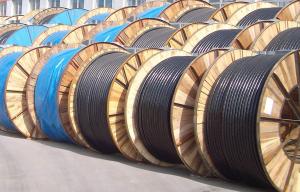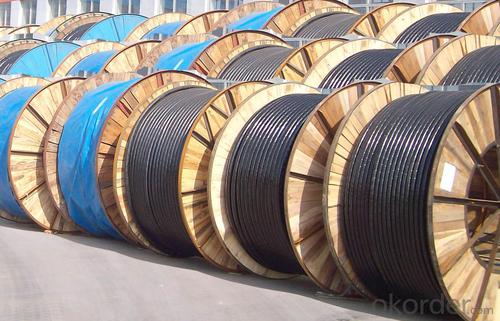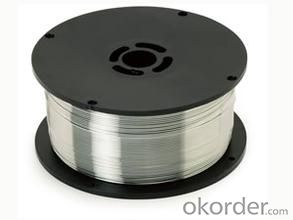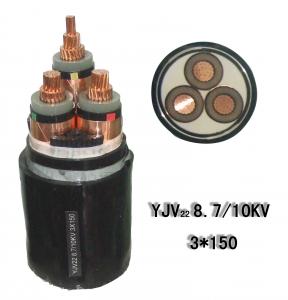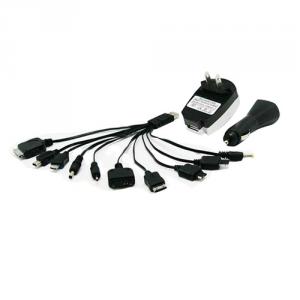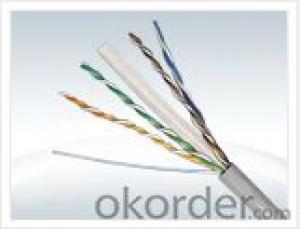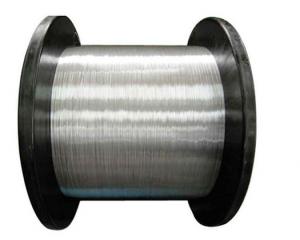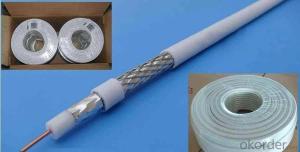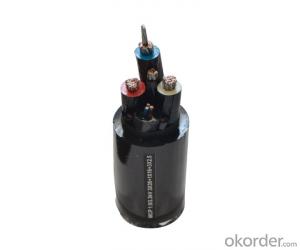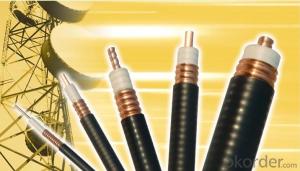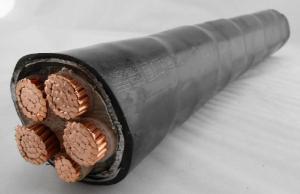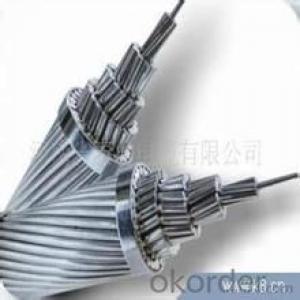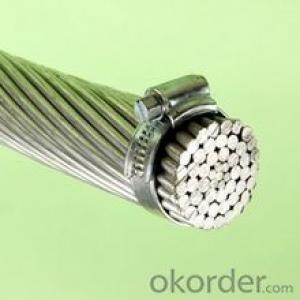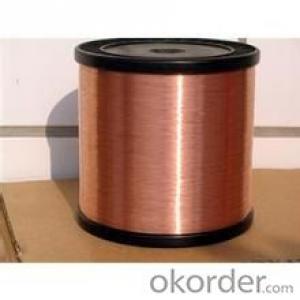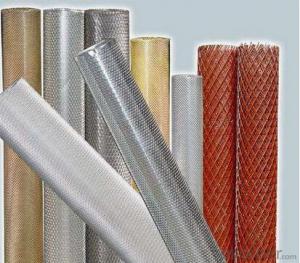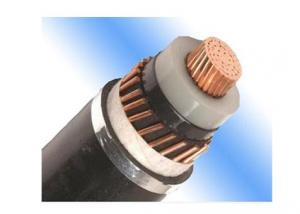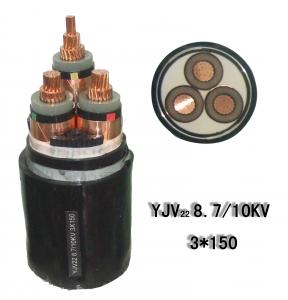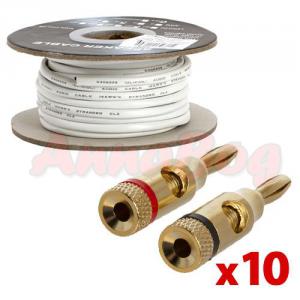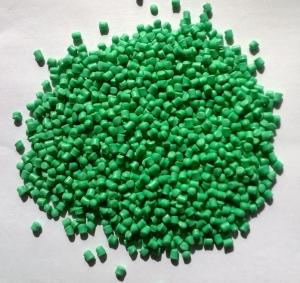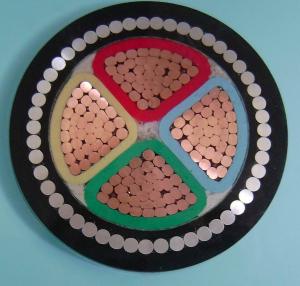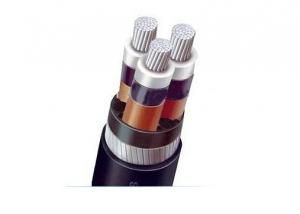ALUMINIUM ALLOY COAXIAL CABLE WIRE
- Loading Port:
- China main port
- Payment Terms:
- TT OR LC
- Min Order Qty:
- 1000 m
- Supply Capability:
- 20000 m/month
OKorder Service Pledge
OKorder Financial Service
You Might Also Like
Specifications
COAXIAL CABLE WIRE , FLEXIBLE CABLE WIRE, BRAIDING WIRE, WIRE FOR RIVETS MAKING , CUT SHOTS , TEA BAGS STAPLE WIRE, WIRE MESH
Greetings from Bansal Group…..!
We would like to take this opportunity to introduce ourselves as among the largest manufacturers of Wires in India, having large production capacity of more than 0.18 Million MT per annum. We have seven manufacturing units situated in and around Delhi, capital of India and got diversified into various products mix.
At present, our product range consists of:
1. Aluminium Alloy Wire
2. High & Low Carbon Steel Wires
3. Cable Armouring Wires & Formed Wires
4. Galvanized Steel Core Wire for ACSR Conductors
5. Electro & Hot Dip Galvanized Wires
6. Stainless Steel Wires & Bars
7. Profile / Shaped Wires etc.
Packaging & Delivery
| Packaging Detail: | For Fine /Thin size : SPOOLS : DIN 125 , DIN 160, DIN 200 ,DIN 250 or any Spool as per customer requirement . For Thicker size : Coils on carriers , Loose coils , wooden pallets . Any customized packing as per customer requirement or as per international standard. |
| Delivery Detail: | SHIPMENT DISPATCH WITHIN 20-30 DAYS FROM FACTORY |
- Q: holes to route the cable through anyone have pics or a website so i can figure it out
- steering rod boot or drill a hole
- Q: What is the difference between a photovoltaic cable and an ordinary cable? What is the structure of a photovoltaic cable?
- . soil buried pipe, including weak and fire, should be thick-walled galvanized steel pipe, that is, SC series of steel pipe, the best size is not less than SC. weak professional, decorative professional now basically use thin-walled galvanized steel pipe, that is JDG series steel pipe
- Q: The power is a 24 pin and does not have a green wire. It has a grey, 6 red, 3 blue, a yellow , an Orange, a purple, a dark blue, 8 black, and a brown
- MATERIALS 1.) power supply 2.) power cable 3.)paper clip Step 1 Plug in the Power Cable to the wall, and then into the back of the Power Supply. Make sure the Power Supply is flipped to 1 and not 0. I like to remember 1 is for power because 1 looks like I, and I have ADHD. So I always haves me some powers. 0 is like O which is like my OH face. Then I am drained of power. Step 2 Take the paper clip and bend it into a 'U' shape. We want the two ends of it to be next to each other, or relatively close. Step 3 Now we are in the final step. Locate the Green wire on your PSU. There should only be one Green wire, whether you have a 20 or 24 pin power cable. Alright, we found it. Now we get have to find a Black wire on your PSU as well. There are a few, but we should be fine. Finally, take the paper clip and insert one end into the Green wire and the other end into any Black wire. And there we have it. Your power supply is alive and kicking. Again, this is a good way to test fans for functionality, CD-ROMs, and Floppy Drives. Almost any component that will plug into this is fine. I would not advise for your hard drive in case of data loss, but if it's a questionable hard drive (why else would we test it?) then you I'm guessing you don't care if it has anything on it, or it's too old to matter.
- Q: Welding cable (230v) doesn't, so why would (14v) car audio cables
- Well....that depends on how big the amp is. An extension cord has either 2 or three wires inside at somewhere between 16 and 12 gauge wire. You could twist all the conductors together and be good up to about 40 amps with three 12 gauge wires. The issue with amplifiers is current not voltage. The thicker the wire the more current it will handle. Most any wire you buy is rated at least 120V. Check what size fuse the amp requires, if it is more than 30 to 40 amps I would buy the right size single wire for the amp. Also, fuse the wire at the battery. Fire is not our friend. :)
- Q: i dont even know what phantom power is. i bought a behringer c-1 mic and ii think i need phantom power.is it a cable. i just wanna connect it to my laptop via usb or audio input jack...plz helpthnanks
- confident, you could. I certainly have a Beyer MCE-80 one that demands phantom capacity and it takes an XLR cable. As for why this is talked approximately as phantom capacity, the term refers to a capacity source exterior to the microphone, frequently the two interior the form of a phantom capacity module or a capacity source outfitted into each and every channel of a mixing console. some mikes, by contrast, require a battery for their capacity source--I used to have a Sony mike that took a C battery.
- Q: What can I use for a power cable? Need a new one and I am not sure what to get. Could you send a link to one please?
- Looks OK for the price.
- Q: It's not the original power cable but it's going to my current DVR.
- The cable will work just fine.
- Q: I just bought a new computer, a DELL Inspiron 530. It has none of the older 4-pin power cables from the power supply; only the newer SATA power devices. I have an older hard drive, that connects via IDE cables (the gray ribbon). Ive already bought the card that converts the IDE to SATA, and it is connected to the mother board. Here is the problem: the IDE Hard Drive is powered with the 4-pin power supply that Ive seen on EVERY power supply before this one. The IDE to SATA converter came with an extension for that 4-pin power supply. But the power supply in the tower DOESNT HAVE ANY 4-PIN POWER ADAPTERS. It has one free SATA power. Im looking to take the SATA power from my power supply, convert it to the old-style IDE 4-pin power supply (female) and plug it into the 4-pin extension (male) that powers my hard drive and SATA-IDE converter. Most converters go the other way... Please post links with examples of parts, since I cannot find anything that lets me do what I am looking to
- The SATA motherboard uses probably ATX or MicroATX. These are motherboard independant, but for SATA drives you need a SATA power adapter (it converts the 4 wire MOLEX into a flat SATA power cable). Most SATA drives come with this or even the motherboard does. if your power supply is ATX and your Motherboard is ATX then it will work (granted the wattage is enough for all your devices).
- Q: 1 or two to use the other ones and its really annoying.. is there something that i can get that can give me more ide cables and also power cables inside the pc as well?
- Absolutely. Firstly, you can put 2 IDE drives on a cable, secondly, you should have 2 IDE ports on your mobo supporting a total of 4 IDE devices. Your sound card shouldn't be takking one of THEM up. If you have the creative labs LiveDrive that is supposed to go to its own connector on the cound card, not to your mobos IDE ports. If you still have more than 4 ide devices you can buy an add on card that will support aother 4 IDE ports from CompUSA. They're between $15-30 I know they are cheap but consider whether your mobo also has serialATA ports built in. They've been comming with for a few years now. You may find its a good time to buy a couple of new hard drives, copy your existing drives over, and move them off the ide ports entirely.
- Q: My power cord for my computer and all usb cables i have seen have these cylindrical things on them. What do they do?
- Those are called ferrites. You can learn more about them from a company called Fair-rite (I put their link down below). A ferrite is really nothing more than a magnet, but one specially tuned depending on the frequency of signal running down the cable, or the current if the cable is a power cable. Electro magnetic interference (EMI) is all around us, especially with all the electronic devices we have running in the modern home. EMI flies through the air and, when it contacts something metalic, it runs along that metalic line. In the case of a cable, imagine the clean signal picking up fuzz as it runs down the line. That's pretty much what happens. A ferrite stops the fuzz from getting through to the end of the cable, thus making the signal much cleaner when the end device gets to it. On a power cord, the ferrite helps prevent too much EMI from leaking out at the end and interfering with the device that the power is for. I should mention that a ferrite is always optional on a line, in other words the cable will work without one. However, ferrites aren't expensive and they do help with the signal, so most companies will just add one on to the product just in case.
Send your message to us
ALUMINIUM ALLOY COAXIAL CABLE WIRE
- Loading Port:
- China main port
- Payment Terms:
- TT OR LC
- Min Order Qty:
- 1000 m
- Supply Capability:
- 20000 m/month
OKorder Service Pledge
OKorder Financial Service
Similar products
Hot products
Hot Searches
